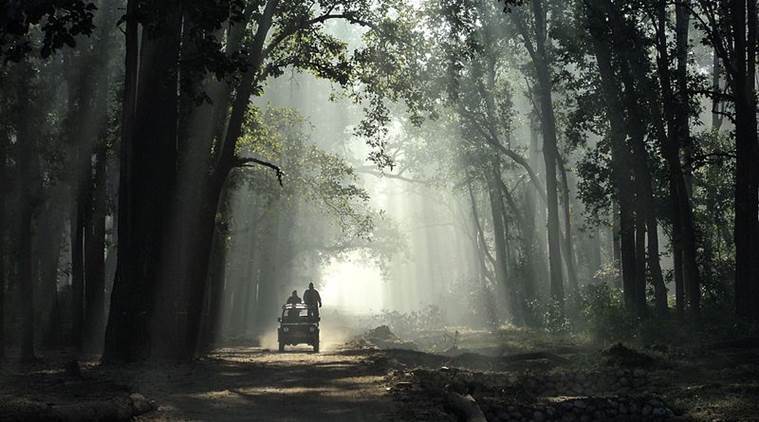 Uttarakhand has recorded forest area of 38,000 sq km, which is 71 per cent of the state’s geographical area, according to the Forest Survey of India.
Uttarakhand has recorded forest area of 38,000 sq km, which is 71 per cent of the state’s geographical area, according to the Forest Survey of India.
The Uttarakhand government on Thursday tightened the norms for classifying land as deemed forest. According to the decision taken by the state Cabinet, a piece of land will be defined as forest if it is spread over a minimum 5 hectares and has a minimum canopy density of 40 per cent.
Only if these parameters are met will prohibitions laid down for forest areas under the Forest Conservation Act be applicable in those areas, and one will have to obtain clearance from the Forest Department to do any activity in that area, it was announced.
Orchards or fruit plantations of any shape or species will be kept out of the definition of forest, it was decided.
With this, the Uttarakhand government has revised its notification issued last year, which had ruled that a piece of land cannot be defined as forest if it is not spread across a minimum 10 hectares, and has a minimum canopy density of 60 per cent and doesn’t have 75 per cent native trees.
Environmentalists had objected to the previous order, as they had feared that such a move will mean vast swathes of land will not come under the protection of the Forest Conservation Act. They had said that the new rules will open forests to builders and planters.
Uttarakhand has recorded forest area of 38,000 sq km, which is 71 per cent of the state’s geographical area, according to the Forest Survey of India.
The impetus for framing the new rules finds its root in a 1996 judgment of the Supreme Court, directing states to constitute expert committees to identify all “forests”, irrespective of whether they are notified, recognised or classified under any law, and irrespective of land ownership. To comply with the order, states formed “expert committees”.
Many states developed their respective criteria for considering “deemed forest”.
A state official said, “The state government’s notification issued regarding definition of deemed forest was challenged in High Court, and the Union Ministry had also raised certain objections. So this change in norms was made by the Cabinet today.”